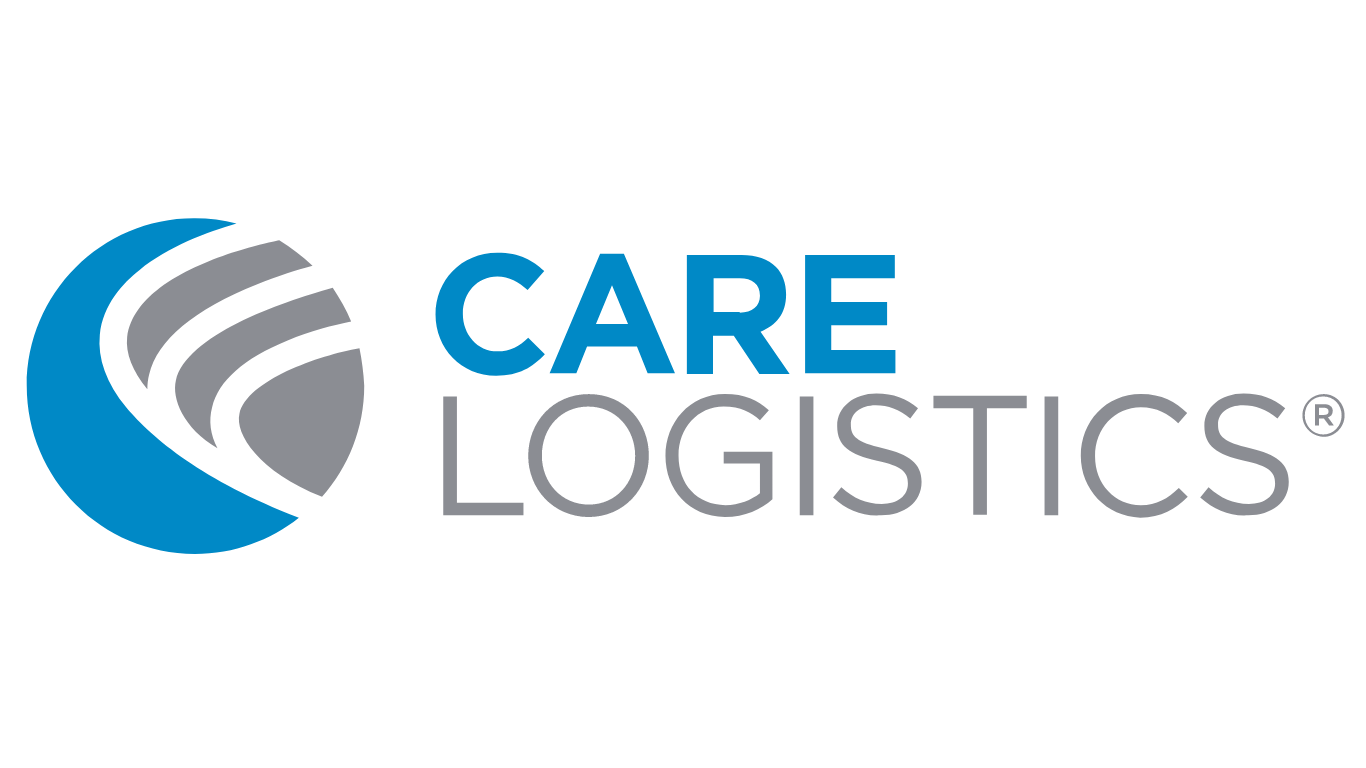Don't Leave Your Patients Stranded. Three Keys to Discharge Patients Efficiently.
By Page Etzler, RN, PhD, MBA, MS, FACHE
Imagine treating yourself to an upscale dinner at one of the city's finest restaurants. You've heard a lot of great things about the restaurant for months. From the elaborate decorations to the extensive drink selection, to the perfectly cooked filet, the experience was phenomenal. Until it was time to leave. Your waiter disappeared and you couldn't get your check. By the time you were able to track them down, they were apologetic about a problem with their system, but they still hadn't brought you the bill and you'd waited almost an hour. As amazing as the dinner was, the process of being able to pay and leave was so painful that you can't think of anything but that whenever someone asks how your experience was. What might this scenario have to do with your hospital?
You've worked to improve your hospital operations. You've made upgrades to your facilities, hired additional nurses, and begun a major marketing campaign. So why are you still receiving such poor scores on patient satisfaction surveys? Why are patients still awaiting care in the ED? The number one patient dissatisfier is the discharge process. Here are three keys to help you discharge medically cleared patients efficiently.
Ensure Physicians communicate daily to unit leaders ALL patients that have a potential to discharge within the next 48 hours.
We all know discharges can’t happen without a physician’s order and the goal is to align with Physicians on the target discharge day on the day of admission and throughout the patient’s stay. Achieving this alignment, however, requires a significant culture shift and is challenging to say the least. One more manageable step that can be taken in this direction is to have Physicians communicate to unit leaders daily which patients they believe can be released in the next 48 hours. Clearly identifying these patients enables the care team to address anything that could go wrong and prevent an on-time discharge.
Daily huddles should be focused on anticipating barriers within 48 hours of discharge.
The 48-hour planned discharge must be driven by the physician. The huddle communication should be multidisciplinary addressing what needs to occur for each particular patient to be discharged. This is not a time to regurgitate a patient’s clinical information, it's a time to align the team on what the patient needs upon discharge. For example, what is the family situation, are there any equipment needs in the home, and will the patient be able to walk and move around on their own? If these needs are addressed, everything should be aligned for the patient to leave when the Physician signs the discharge orders.
If a patient does miss the expected discharge, assess why in order to avoid future delays with other patients.
If any patient doesn't leave at the expected discharge time, it's important to drill down and find out why and what could have been done differently. Is it because the family wasn't aligned? Perhaps the Physician failed to give the 48-hour notice, or the care team forgot to check to see if the patient had stairs in their home that they were unable to climb. By identifying problems and trends, you are more likely to flag any potential areas of weakness that could prevent other patients from having an on-time discharge.
If you are seeing numerous patients who are clinically stable and not being discharged timely, it's possible that their needs aren't properly being anticipated. Work to improve your discharge processes and you could see a great improvement in your patient satisfaction scores.
